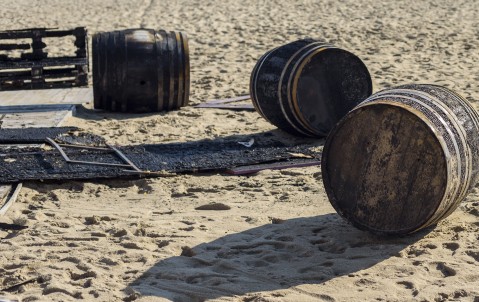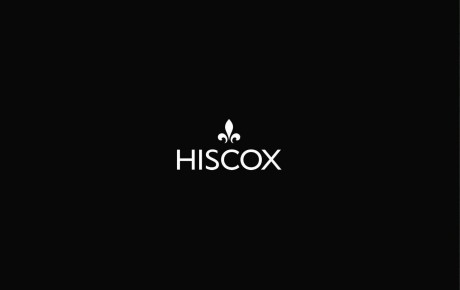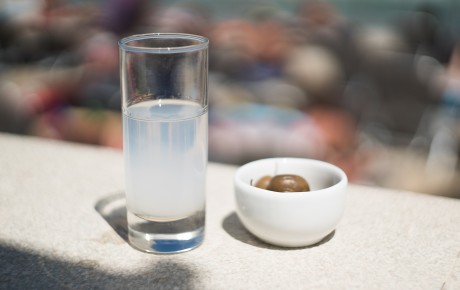
The B word causing grape concerns
Bobby Read looks at how Brexit would hit the wine business and initiates his eldest son into the art of winetasting.
I’ve steered clear of broaching the subject of the B word in this column until now. The mere mention of it is prone to cause acid reflux and a headache worse than a night spent drinking Bolivian Chardonnay. But I can bottle it up no longer.
For the unavoidable truth is that Brexit will have a profound effect on the British wine trade, simply because we love the tipple so much. The UK is the world’s second largest importer of wine (the US comes in at number one). We drink about 15 million hectolitres (equivalent in gallons: a lot) of it every year and the VAT contributes nearly £5 billion to the exchequer.
But nobody knows if wine will still flow freely across (and under) the Channel if the UK leaves the European Union without a deal.
The UK is the world’s second largest importer of wine, after the US.
A no-deal Brexit could cost the British wine trade up to £70 million, according to the Wine and Spirits Trade Association, due to the added expense of filling in an extra half a million forms each year, as well as lab tests that would need to be done on foreign wine coming into this country.
That extra red tape, along with potential higher tariffs and currency fluctuations caused by Brexit, could push up the price of wine for British consumers by 22% in 2025, according to the UK Trade Policy Observatory. That’s enough to get anyone reaching for the corkscrew. But it also raises the possibility of whether some drinkers may resort to Poldarkian methods to sidestep the potential new tariffs.
There are some who argue (the estimable wine critic Jancis Robinson among them) that British wine producers would flourish after Brexit, and that their bottles could increasingly feature in the wine racks of drinkers throughout this land.
A no-deal Brexit could cost the British wine trade up to £70 million.
But we must not get carried away. The total output of the British wine industry is 4.5 million bottles each year; E&J Gallo, the world’s largest wine company, produces 105 million bottles per annum. The UK produces less wine each year than Ethiopia, Paraguay, Kyrgyzstan, Malta or Cuba, according to the Food and Agriculture Organization.
There’s plenty of opportunity for our domestic wine industry, it’s true, but it’s coming from a tiny base. There’s no way it could meet Brits’ insatiable thirst for wine.
The total output of the British wine industry is 4.5 million bottles each year; E&J Gallo, the world’s largest wine company, produces 105 million bottles per annum.
But don’t get too downhearted. Many wine merchants have already stocked up just in case there is chaos at Dover, so supplies of fine wines shouldn’t run dry any time soon. There will be more than enough for us to either toast the future or drown our sorrows when (or if) Brexit finally happens. But the future is cloudier than a bottle of good Burgundy that’s been sitting for hours on a lorry stuck outside of Calais.
From father to son
Passing on a love of wine to his offspring is one of a father’s most profound and meaningful duties, for it really is a gift for life. My father passed his passion onto me having inherited it from his own father, and let no one say, at least in this regard, that I shirk my paternal responsibilities.
So, for this issue I had intended to do a father and son wine tasting to give you the views of both a neophyte and an old hand on a variety of wines from Majestic. The truth is that the best my eighteen year-old son came up with was “I like this one but I don’t know how to describe it”. We all feel like that at times, I told him as I patted him reassuringly on the shoulder. But this will be a very dull column if I don’t come up with some wine guff. So here goes.
I chose three whites and three reds.
The whites
The first was Pieropan Soave La Roca 2016 (£30 reduced to £27 if you buy six bottles). I have always enjoyed Pieropan’s Soaves so I was well disposed to like this and wasn’t disappointed. It was delicious and I agree with Hugh Johnson’s verdict that this is the ultimate oaked Soave. A word of warning, however: you need to choose Soaves with care, as they vary widely (and wildly) in quality. This one is at the very top of that range – in fact, I’d venture there is none better. But there are some that are thin, acrid gut rot.
A word of warning: you need to choose Soaves with care, as they vary widely (and wildly) in quality.
Next, came Jermannn Capo Martino 2012, (£50 reduced to £33.31 if you buy six). This is a curiosity of a blended wine coming from the Venezia Giulia region in the northeastern corner of Italy near the Slovenian border. Silvio Jermann has made an intriguing and enticing blend that made me want to come back for more. It is a light wine but not in a bad way.
Last, but not least was the Au Bon Climat Chardonnay 2016, Santa Barbara (£27.99 reduced to £24.99 if you buy six). It must be at least ten years since I’ve tried one of this winery’s efforts, which I remember as being bold and a little brash. This was much more subtle and akin to a good Burgundy. I’m not sure which of us has mellowed during the intervening years, but I liked it a lot more than I thought I would, which made me wonder what have I been missing for the past decade?
The reds
The first we sampled was Two Hands Lily’s Garden Shiraz 2016, from McLaren Vale in Australia (£40 reduced to £29.98 with the rule of six). This is a big Aussie Shiraz: a brazen exhibitionist in fact. If this were a flasher in the park it wouldn’t be lurking in the bushes in a dirty mac, it would be right in the open, arms outstretched and butt naked. It is so different to what I normally drink, but I liked it – although I wouldn’t want to make it a habit.
After that came Masi Costasera Amarone Della Valpolicella Classico 2013 (£37 reduced to £33 on the six scale). Amarones are intense, concentrated, strong wines as the result of the grapes being dried before vinification. I was disappointed when I first tried this because I just didn’t like the feel in my mouth: the balance wasn’t there. So, I decided to leave it in the bottle with the cork back in for 12 hours before decanting it. The result was a large improvement, but first impressions are important, and, while I ended up enjoying it, I couldn’t stop thinking about how it had let me down at first. Maybe I need to stop bearing so many grudges.
Amarones are intense, concentrated, strong wines as the result of the grapes being dried before vinification.
Finally, we cracked open a bottle of Dominus Othello 2012 (£45 reduced to £40 if you’re sensible enough to buy six). Unlike the Bard’s play on the Moorish Prince, this left us demanding more when it was finished. This is a top quality cabernet sauvignon, surely the king of red grapes, from the epic Dominus Estate in the Napa Valley. Their top wine costs hundreds of pounds a bottle and this is effectively their third string, which is made to be drunk when young. Once decanted, it was delicious from the first sip to the last and we both agreed that it was the undisputed star of the entire line-up.
All in all I was pretty chuffed with my line up, as I liked them all and that doesn’t happen very often in a wine tasting. Hopefully, son no.1 was impressed, but like most teenagers he disguised his admiration for his father well.


